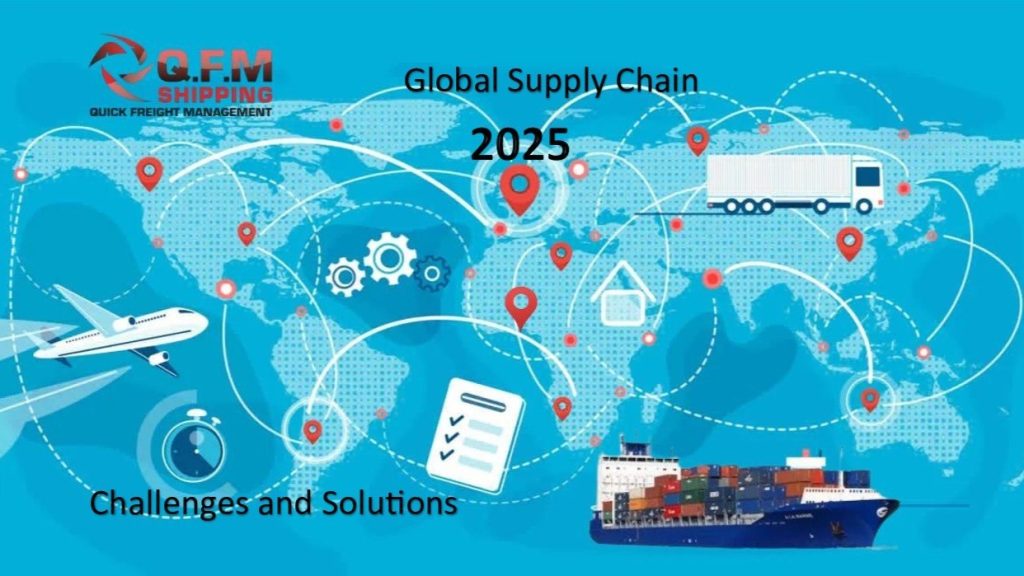In today’s fast-paced market, logistics firms are being pushed to do more with less: faster deliveries, tighter visibility, and more automation. To meet those demands, many organizations are investing in custom logistics app development to build systems that align exactly with their workflows — not forcing their operations into off-the-shelf mold. These tailored mobile and web apps are redefining how goods are tracked, how deliveries are scheduled, and how customers are kept in the loop in real time.
What’s Driving the Shift Toward Smarter Logistics Systems
Several major forces are accelerating change in the logistics sector:
- AI, Machine Learning & Predictive Analytics: These allow companies to forecast demand, anticipate delays, and optimize routes dynamically.
- IoT & Real-Time Tracking: Sensors, GPS, RFID are helping make every link of the supply chain more transparent — from warehouse shelves to trucks in transit.
- Cloud & Microservices Architectures: To support scalability, flexibility, and fast deployments across geographies.
- API-First Integration: Systems that integrate well (ERPs, TMS, WMS, carrier APIs) reduce data silos and operational friction.
These trends are not just tech fads — they’re becoming baseline requirements for firms that want resilience, efficiency, and customer satisfaction.
Why Choosing a Trusted Logistics Software Development Company Matters
Given all these technological demands, partnering with a reliable logistics software development company is essential. Here’s what such a partner brings to the table:
- Domain Expertise — Understanding of logistics processes, legal/compliance issues, carrier systems, customs, cross-border regulations etc.
- User-Focused Design — Apps must serve multiple users (dispatchers, drivers, warehouse staff, end-customers) each with different needs and constraints.
- Efficient Data Handling — Real-time tracking, route optimization, and anomaly detection demand robust data pipelines and analytics.
- Scalability & Maintenance — Best practices in modular architecture, cloud deployments, and continuous delivery for regular updates and feature expansion.
- Security & Compliance — Secure data transmission, access controls, data privacy especially when dealing with customer or shipment sensitive information.
Working with a strong development company ensures you’re not rebuilding the wheel — you leverage best practices, avoid common mistakes, and get a product shaped for your exact context.
Core Features Modern Logistics Software Must Include
To stay ahead, any modern logistics system should incorporate:
- Real-Time Visibility Dashboards: Live maps, ETA tracking, status updates, anomaly alerts. Helps operators respond quickly.
- Dynamic Routing & Route Optimization: Adjusting in-transit based on traffic, weather, delays to improve delivery times and cut fuel cost.
- Inventory Management with Smart Forecasting: Using predictive analytics to avoid stockouts and reduce excess inventory.
- Automation & Robotics Integration: In warehouses especially, to speed up picking, sorting, packing processes.
- Blockchain or Ledger Systems for Traceability: For cross-border work, supplier audits, shipment proof and accountability.
Best Practices to Follow When Building Your Logistics Software
- Start with Process Mapping: Analyze your current workflows to identify inefficiencies. Building on weak foundations only magnifies issues.
- Modular & API-Driven Architecture: Make your system flexible — add carriers, integrate with new partners, handle different transport modes without complete rewrites.
- Mobile-First Design for Drivers & Field Staff: Offline capabilities, simple UIs, low data-usage designs are often essential in field work.
- Test Early & Collect Feedback: Pilot routes or geographies, iterate based on real usage.
- Focus on User Training & Change Management: Often the tech is ready; people aren’t. Ensuring users adopt properly is key.
Challenges to Overcome & How to Tackle Them
Data Silos & Inconsistent Data Quality: Inaccurate or delayed data undercuts trust. Plan data validation and unified sources.
Cost vs. Feature Creep: Custom solutions can balloon if every request is treated as mandatory. Prioritize features by ROI.
Regulatory & Compliance Risks: Cross-border logistics bring customs duties, taxes, environmental regulations. Build in compliance from stage one.
Scalability Issues: Usage spikes (e.g. during peak season) require infrastructure that can handle load. Use cloud auto-scaling.
Why Now Is the Right Time to Invest in Logistics Tech
Market conditions are pushing logistics providers to innovate:
- The rise of eCommerce continues to raise expectations around speed, transparency, and delivery tracking.
- Sustainability goals are becoming non-negotiable. Efficient routes, electric fleets, lower carbon footprints matter.
- Global risks — from geopolitical shifts to supply chain disruptions — mean resilience, visibility, and flexibility are strategic assets.
Those that delay risk falling behind—not only in cost efficiency, but customer satisfaction and competitiveness.
Key Takeaway
Custom software is no longer a luxury — it’s a necessity for logistics players aiming for top-tier performance. By embracing modern technologies and working with partners who truly understand the field, companies can build systems that lower costs, improve reliability, and deliver modern experiences to all stakeholders.
If you’re ready to move, start by defining your biggest pain points, mapping out workflows, then partner with a capable development team to build what your operation actually needs — not just what’s popular.

